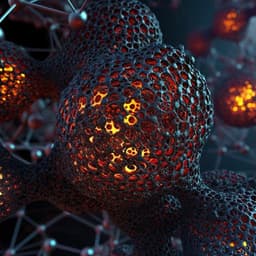
Computer Science
Delving into High-Quality Synthetic Face Occlusion Segmentation Datasets
K. T. R. Voo, L. Jiang, et al.
Discover the innovative research by Kenny T. R. Voo, Liming Jiang, and Chen Change Loy that delves into occlusion-aware face segmentation. The study introduces groundbreaking techniques and high-resolution datasets that are essential for advancing applications in computer vision.
Playback language: English
Related Publications
Explore these studies to deepen your understanding of the subject.







